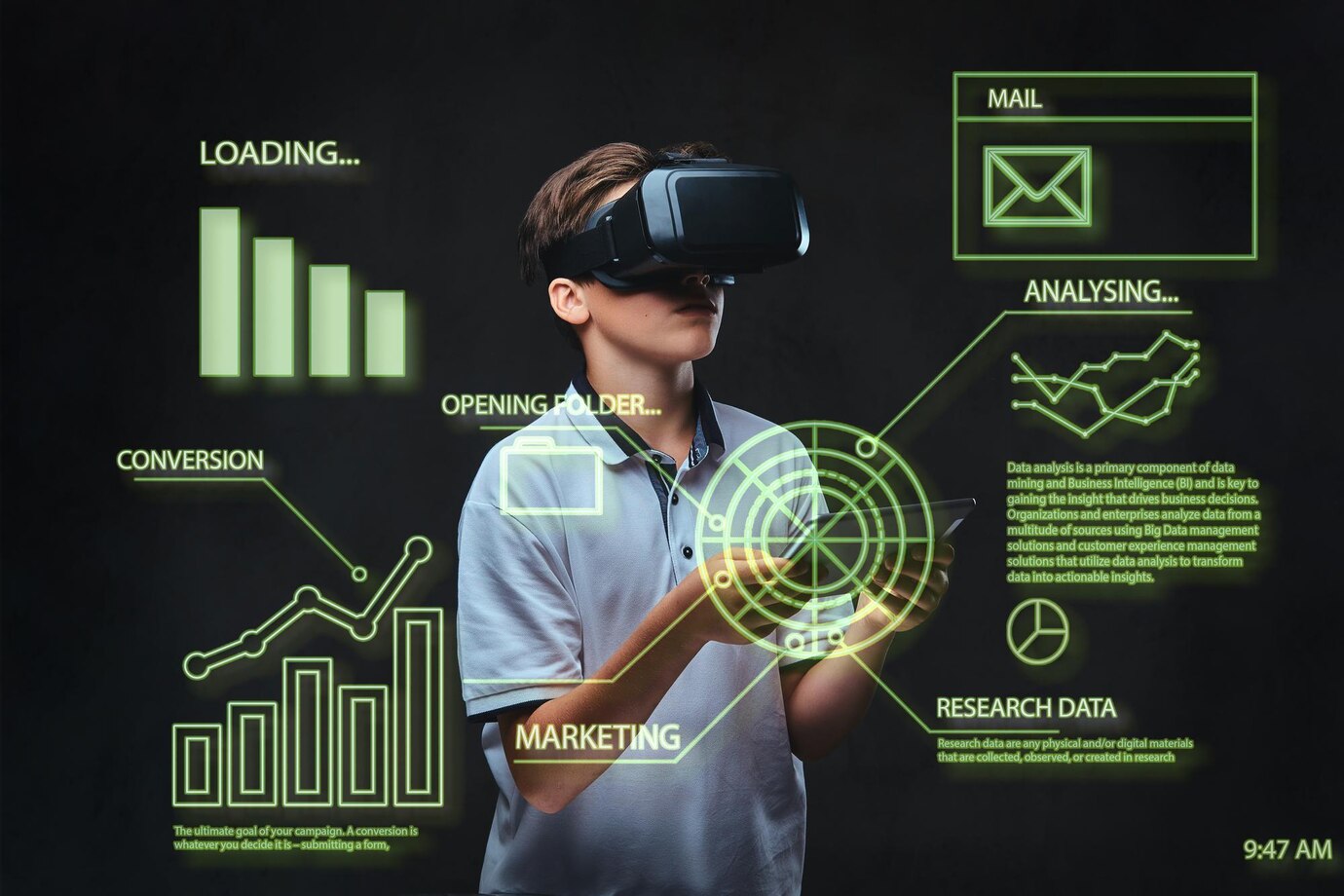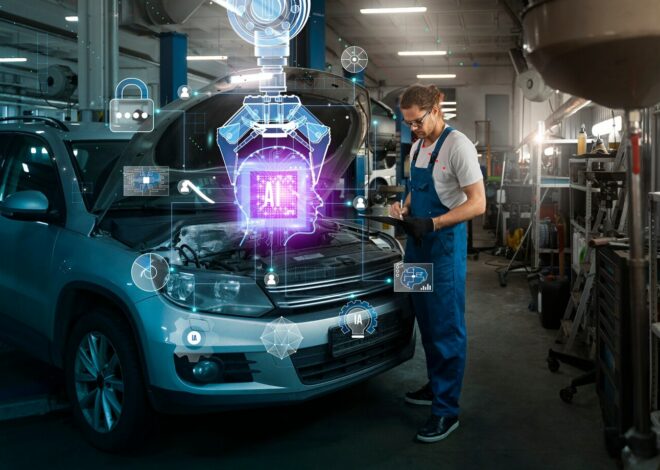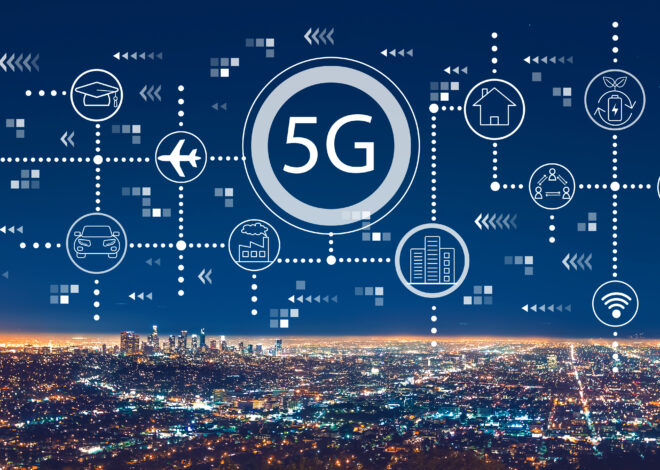
Internet technology trends 2023
As we step into the future, the internet continues to be a driving force behind technological innovation. In 2023, several key trends are shaping the landscape, transforming the way we connect, collaborate, and engage with the digital world. Here’s a comprehensive exploration of the internet technology trends in 2023 defining the year.
Edge Computing Advancements
Decentralized Processing
Edge computing is witnessing advancements with a shift towards decentralized processing. This approach minimizes latency by processing data closer to the source, enhancing the efficiency of applications and services.
Edge AI Integration
The integration of artificial intelligence at the edge is becoming more prevalent. This allows devices to make real-time decisions, analyze data locally, and respond instantaneously, contributing to the evolution of smart systems.
5G Technology Impact
Enhanced Connectivity
The widespread adoption of 5G technology is revolutionizing connectivity. With faster data transfer speeds and lower latency, 5G is unlocking new possibilities for augmented reality, virtual reality, and seamless communication.
IoT Acceleration
5G’s impact extends to the Internet of Things (IoT), accelerating the deployment of connected devices. From smart homes to industrial IoT applications, 5G facilitates a more robust and responsive IoT ecosystem.
Artificial Intelligence (AI) Integration
AI-Driven Automation
The integration of AI continues to drive automation across various industries. From business processes to customer interactions, AI is streamlining operations, enhancing efficiency, and unlocking new opportunities for innovation.
Explainable AI
There’s a growing emphasis on explainable AI, focusing on transparency and interpretability. As AI systems become more complex, the ability to understand and explain their decision-making processes becomes crucial for trust and accountability.
Cybersecurity Innovations
Zero Trust Architecture
The adoption of a Zero Trust Architecture is gaining prominence in cybersecurity. This approach assumes that no user or system is inherently trusted, requiring continuous verification, monitoring, and authorization for access.
AI-Powered Security
AI is playing a pivotal role in cybersecurity, providing advanced threat detection and response capabilities. AI algorithms analyze patterns, detect anomalies, and respond to potential security threats in real-time.
Blockchain Applications
Decentralized Finance (DeFi)
Blockchain is extending its reach into decentralized finance (DeFi). The use of blockchain technology in financial services is reshaping traditional banking, providing decentralized and transparent alternatives for transactions and investments.
NFTs and Digital Ownership
Non-fungible tokens (NFTs) are redefining digital ownership and content monetization. From digital art to virtual real estate, blockchain-backed NFTs enable creators to establish unique and verifiable ownership of digital assets.
Internet of Things (IoT) Evolution
Edge IoT
The convergence of edge computing and IoT is driving the evolution of Edge IoT. Processing data closer to the source enhances the speed and efficiency of IoT applications, particularly in scenarios where real-time processing is critical.
Sustainability in IoT
Sustainability is becoming a key focus in IoT development. From energy-efficient devices to eco-friendly manufacturing practices, IoT initiatives are increasingly aligned with global efforts toward a more sustainable future.
Cloud Computing Developments
Hybrid and Multi-Cloud Solutions
Hybrid and multi-cloud solutions are gaining popularity. Organizations are leveraging a mix of public and private clouds, providing flexibility, scalability, and enhanced data security.
Serverless Computing
Serverless computing is reshaping the way applications are developed and deployed. With serverless architectures, developers can focus on writing code without the need to manage underlying infrastructure, leading to increased agility and cost-effectiveness.
Augmented Reality (AR) and Virtual Reality (VR) Growth
Enterprise Applications
AR and VR are experiencing significant growth in enterprise applications. From immersive training programs to virtual collaboration tools, these technologies are enhancing productivity and efficiency across various industries.
Consumer Experiences
In the consumer space, AR and VR are enhancing entertainment, gaming, and shopping experiences. The integration of augmented and virtual realities is creating more interactive and immersive digital environments.
Sustainable Technology Initiatives
Green Data Centers
Sustainable practices are gaining traction in data center operations. Green data centers, powered by renewable energy sources and designed for energy efficiency, contribute to reducing the environmental impact of digital infrastructure.
Circular Electronics
Circular electronics initiatives focus on extending the lifespan of electronic devices and promoting responsible disposal and recycling. This shift towards circularity aligns with broader efforts to reduce electronic waste.
Conclusion: Embracing the Digital Future
As we navigate the digital future, these internet technology trends of 2023 underscore the transformative power of innovation. From the expansion of edge computing and the impact of 5G to the integration of AI and the evolution of blockchain, these trends collectively shape a dynamic and interconnected digital landscape. Embracing these advancements positions businesses and individuals at the forefront of the ever-evolving world of internet technology.



